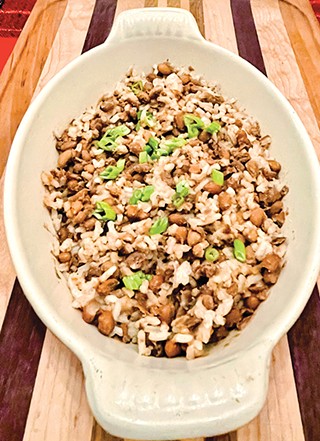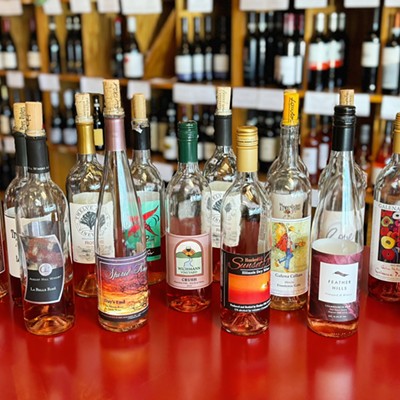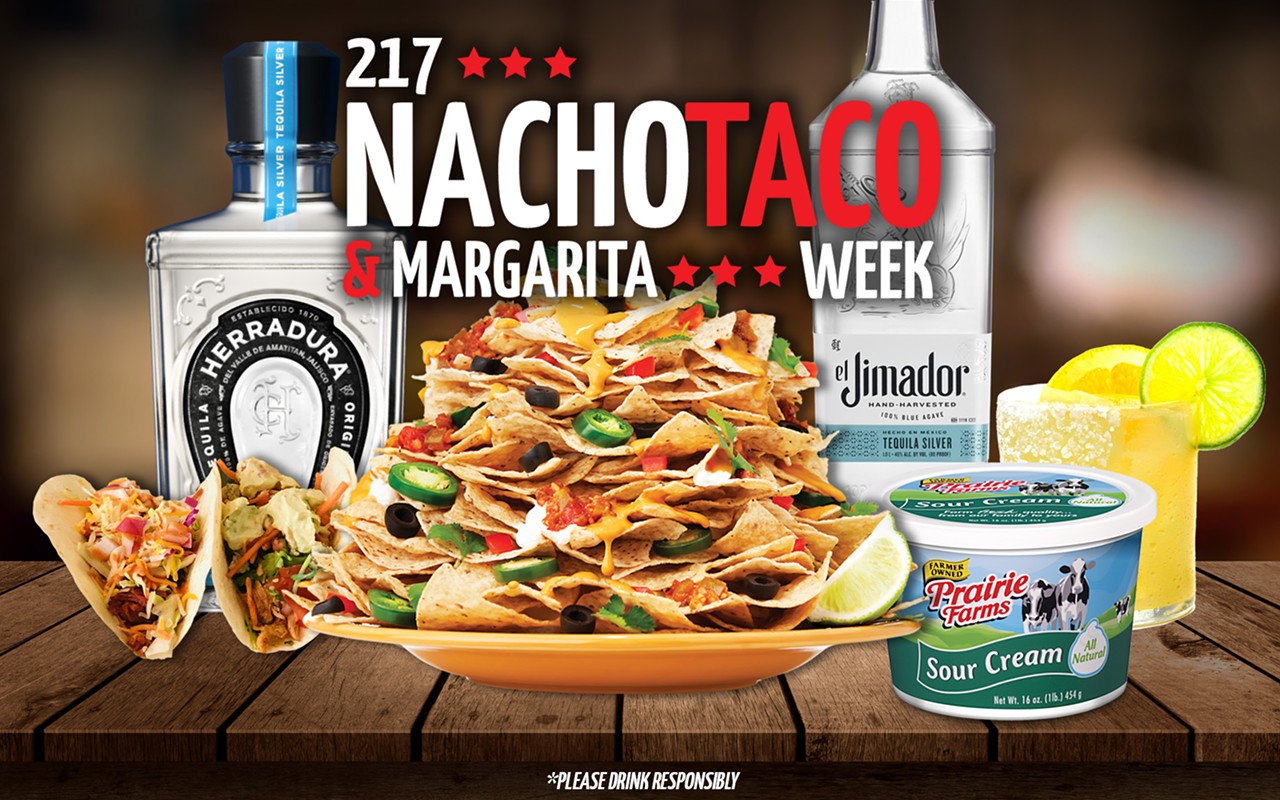I've become fascinated with the backstories behind the recipes I've made and the ingredients I've worked with. I love to collect and browse old cookbooks, especially those from the 1800s. The great cooks of yesteryear were the ones who knew how to coax optimal flavors from simple ingredients, and in many cases, they had better ingredients to work with. The foods we eat today taste almost nothing like the dishes our ancestors enjoyed because the varied crops and livestock have largely disappeared. The shift from small independent farms to large-scale industrialized corporate farms has occurred at the expense of flavor and diversity.
As a nation of immigrants, America is truly a melting pot with fascinating stories behind the foods they brought with them. Perhaps no dish represents this better than today's featured recipe: Reezy-Peezy, a legume pilaf composed of Sea Island red peas and rice.
Reezy-Peezy is a traditional Gullah-Geechie dish with historical roots in Venice, the west coast of Africa, and the Indian subcontinent. Its backstory involves enslaved workers, foreign engineers, indentured servants and modern-day agricultural preservationists and restorationists. Reezy-Peezy is still cooked nearly exclusively in rural South Carolina Sea Islands areas. It is hearty and flavorful and perfect for a cold winter day.
Our story begins in the 1700s, in the early days of rice farming in the coastal regions of the southeastern United States. Rice cultivation requires periodic flooding and draining of the fields. Italy was Europe's foremost producer of rice, and our first rice fields were designed by Italian canal engineers from the sea islands near Venice. Their design failed to meet the increasing global demand for rice, but the Italian culinary influence lingered. Historians believe that the name Reezy-Peezy comes from "Risi e Bisi," an 11th-century Venetian St. Mark's Feast dish made with Arborio rice and fresh peas.
The rice farmers' next strategy was to build a tidal trunk and dike system like the ones used by rice growers in West Africa. Between 1750 and 1775, over 50,000 inhabitants of Sub-Saharan Africa were enslaved and relocated to the southeastern coastal United States over because of their expertise and experience in cultivating rice. They were forced to clear land and hand-dig earthen dikes that included "rice trunks," wooden boxes that penetrated the dikes, allowing fresh water from canals or natural streams to flow in or out of the field as needed. The trunks had gates at either end that could be adjusted to allow water to flow into the field as the tide rose or to flow out as the tide fell. In all, the enslaved workers moved an amount of earth equivalent to the building of the Great Pyramids.
The Gullah-Geechee are the descendants of those enslaved West Africans. After the abolition of slavery, the Gullah-Geechie settled in the coastal sea islands, many reachable only by boat and due to their isolation, were able to retain much of their indigenous African culture. They developed a unique language, Gullah, which was spoken nowhere else in the world and is still spoken today. They brought seeds from their homelands, including okra, yams, peanuts, benne (sesame), hot peppers and cowpeas. Cowpeas are a variety of edible legumes from a family that includes Sea Island red peas and the more familiar black-eyed peas.
Most cowpeas were grown for cattle feed and soil enrichment and are not particularly palatable, but Sea Island red peas are delicious, possessing a nutty, meaty flavor – almost smoky and creamy on the tongue. Sea Island red pea production disappeared around the time of the Depression, but seeds saved by gardeners and seed savers have revived this historic crop. You can purchase Sea Island red peas online from Anson Mills and Marsh Hen Mill.
Many historic recipes for Reezy-Peezy call for the addition of curry powder. This spice blend was popular in the American South. Several recipes in Mary Randolph's popular 1824 cookbook, The Virginia Housewife, call for curry powder. In the early 1600s, lower-caste workers from India worked in America as indentured servants. After the arrival of enslaved Africans, many of the indentured servants from India found work on trade ships and as cooks and servants in the homes of wealthy white people. Commercial curry powder likely has its origins in these homes.
Reezy-Peezy (Sea Island Red Peas and Rice)
Serves 4
Ingredients
1 cup Sea Island red peas
1 tablespoon olive oil
1 teaspoon curry powder
1 bay leaf
½ teaspoon red pepper flakes
½ teaspoon freshly ground black pepper
1-quart homemade chicken stock (or low-sodium if store-bought)
1/2 yellow onion, peeled, cut through root end with layers left intact
1/2 carrot, peeled
2 small inner celery ribs, including the leaves
2 garlic cloves, peeled
1 teaspoon kosher salt, or more taste
Cooked rice
Green onion tops, thinly sliced, for garnish
Preparation
The day before, cover the peas with two cups of water and soak overnight in the refrigerator. Drain before using.
In a large, heavy-bottomed stockpot, warm the olive oil over medium heat, add the spices (curry powder, bay leaf, red pepper flakes, black pepper), and toast for a few minutes.
Add the chicken stock and bring to a boil. Stir in Sea Island Red Peas, onion, carrot, celery and garlic. Return liquid to a simmer, and then reduce heat to low. Cover the pan partially and simmer gently, stirring occasionally, until peas are tender, about 90 minutes.
Remove and discard vegetables and bay leaf and season with salt. Remove half the peas and broth to make gravy by puréeing them in a blender or a separate bowl with an immersion blender (alternately, mash some of the peas in the pot with a potato masher). The idea is to have a nice balance between gravy and tender whole peas. Return the purée to the pot with the peas. If the gravy is too thick, thin it with some warm water. Then cook again until just heated through.
Season to taste with salt. Serve over (or mixed into) cooked rice. Garnish with green onion tops.



















